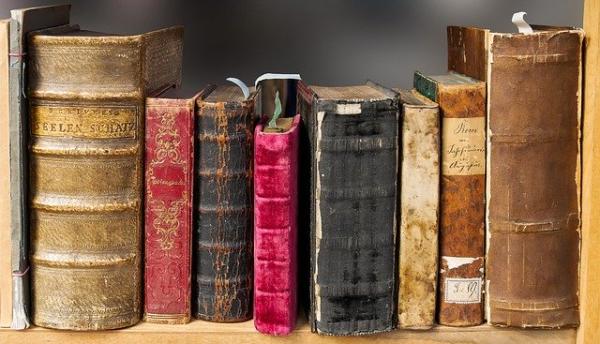Lost in the discussion of the need for more ventilators in the face of COVID-19 is the consideration of what those ventilators supply, oxygen.
“The oxygen supply chain begins at more than 2,500 plants in the US and Canada that distill oxygen from air in a process similar to the way gasoline and other products are refined from crude oil. In the case of oil, that’s done with heat, where the liquid crude converts to gases that then condense back to liquids. By contrast, air is cooled to extremely low temperatures where its components—such as nitrogen, argon, and oxygen—become liquids.
On a typical day not during a pandemic, the health care industry consumes 2,600 tons of oxygen…”
From Wired, The Cold, Hard Work of Delivering Oxygen to Ventilators
The microbiome, those small ecologies within us, are the subject of scientific study and, of course, supplements. This week I ran across an article on how we affect the microbiome of our homes during shelter in place. So perhaps a contrarian view of the microbiome that seems to have increasing importance in the mammalian world view is in order.
"In some of those ant species, he saw “this amazing, dense, packed cloud. It was like a galaxy of microbes,” he said. “They’d explode in your eyes when you looked at them” under the microscope. Which is what you might expect to find, given the extent to which we and so many other animals depend on the trillions of bacterial cells that reside within us — for processing food that we can’t otherwise digest, for providing key nutrients, for training our immune system to act effectively against infections. The microbiome is so critical to our health and survival that some researchers even find it useful to think of animals as the sum of their microbial parts.
… “The human microbiome has completely driven a lot of our thinking about how microbes work… And we often project from ourselves outwards.”
From Quanta, Some Animals Have No Microbiome. Here’s What That Tells Us.
A week ago, an article circulated at the American Council on Science and Health from Medium, suggesting that COVID-19 somehow uncoupled the iron in hemoglobin resulting in hypoxia and that treatment should be directed at correcting this underlying problem rather than mechanical ventilation. While it had a reasonable bioplausibility, carbon monoxide works similarly but binds so tightly that oxygen is forced off of hemoglobin, the article didn’t feel right. No link to a scientific article, no real numbers, more a screed than a balanced argument. I thought it was misinformation and moved on. It was subsequently removed from Medium. But it speaks to how, in the urgency of a pandemic, misinformation is readily amplified.
“Meanwhile, an army of journalists and amateur epidemiologists scour preprint archives and university press releases for any whiff of the next big development in our understanding of the virus. This has created a perfect storm for information zombies—and although it also means erroneous work is quickly scrutinized and refuted, this often makes little difference to how those ideas spread.”
Here is the backstory, From Natil.us, Why False Claims About COVID-19 Refuse to Die
Then, of course, there is the worlds of George Santayana, "Those who cannot remember the past are condemned to repeat it."
“The wealthy work remotely and flee to resorts or pastoral second homes, while the urban poor are packed into small apartments and compelled to keep showing up to work.”
From The Conversation, How the rich reacted to the bubonic plague has eerie similarities to today’s pandemic
Finally, as we begin to figure out how to open up once again, knowing who is infected or immune takes on greater importance.
“I feel like I write about yellow fever by day and worry about coronavirus by night.” The diseases are not perfect analogues, but in a world upended by a pandemic that has killed more than 137,000 people, immunity may once again become a dividing line.”
Another lesson from history this time, yellow fever and immunity passports. From The Atlantic, The People Who Risked Death for Immunity




